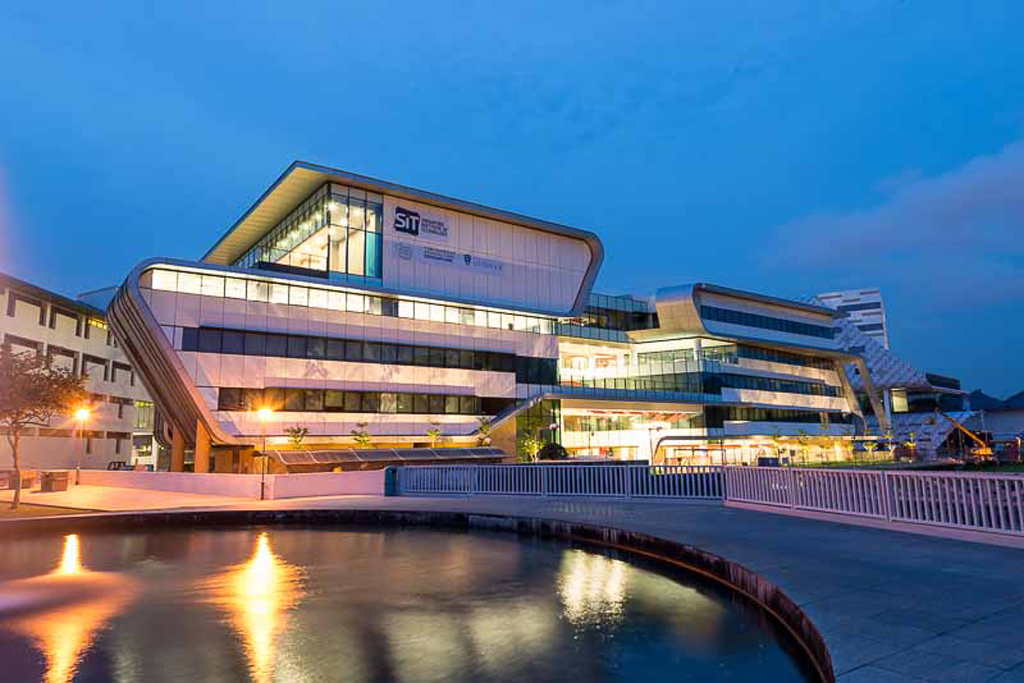Uni for poly grads seeking degrees set for major expansion
Minister wants SIT to have central campus to house its growing student population
Sign up now: Get tips on how to help your child succeed

The Singapore Institute of Technology's (SIT) satellite buildings at Temasek Poly.
PHOTO: SINGAPORE INSTITUTE OF TECHNOLOGY
Pearl Lee, Sandra Davie
Follow topic:
The Singapore Institute of Technology (SIT), set up to offer degree opportunities to polytechnic graduates, will be expanded to offer more courses and take in up to 3,000 students a year by 2020, up from this year's intake of 2,000 students.
To house the much bigger student body, Education Minister Heng Swee Keat has called on the Government to allocate space for the university to build a central campus.
Currently the university, set up in 2009, runs its courses at its satellite campuses in the five polytechnics. Its offices are in Dover Road. "Given the expansion of SIT and the nature of SIT courses, such a campus will also enable active interaction and engagement among students, and between students and their community and industry partners."
Mr Heng made these comments during a wide-ranging interview with The Straits Times, in which he touched upon the different educational choices and pathways that are now available to all Singaporeans - irrespective of their family backgrounds and starting points.
In this context, he mentioned the "distinctive" model of education being developed by both SIT and SIM University (UniSIM), Singapore's sixth university which launched full-time degrees last year, offering over 200 places in marketing, finance and accountancy.
This year, UniSIM added a human resource management degree and increased its intake to 288. It has been offering part-time degrees for working adults since 2005.
Mr Heng said SIT, which offers over 30 degree courses, can be nimble in launching "niche degrees" to plug specific needs in industry. "Its graduates will have interesting pathways and career opportunities."
The two universities offer an applied learning approach where classroom learning is integrated with real-life, on-the-job application through work attachments.
"Students can learn theory in the classroom and apply it at the workplace, and take the issues and challenges they have at the workplace back to the classroom."
While SIT concentrates on science and technology, UniSIM's programmes focus more on business, management and human services.
This year, a record 15,000 polytechnic graduates and A-level school-leavers entered the six universities here, raising the cohort's entry rate to university to 32 per cent, up from 30 per cent last year.
Mr Heng said the goal was to hit a 40 per cent cohort participation rate by 2020, and most of the additional places will come from the expansion of SIT and UniSIM.
Including part-time degree programmes offered at UniSIM, the cohort participation rate in 2020 is likely to hit 50 per cent.
But Mr Heng emphasised that with the SkillsFuture initiative, courses and programmes should be seen as "a means of building knowledge and skills, which can be deeply internalised and become a part of one's strength", instead of a chase for qualifications.

